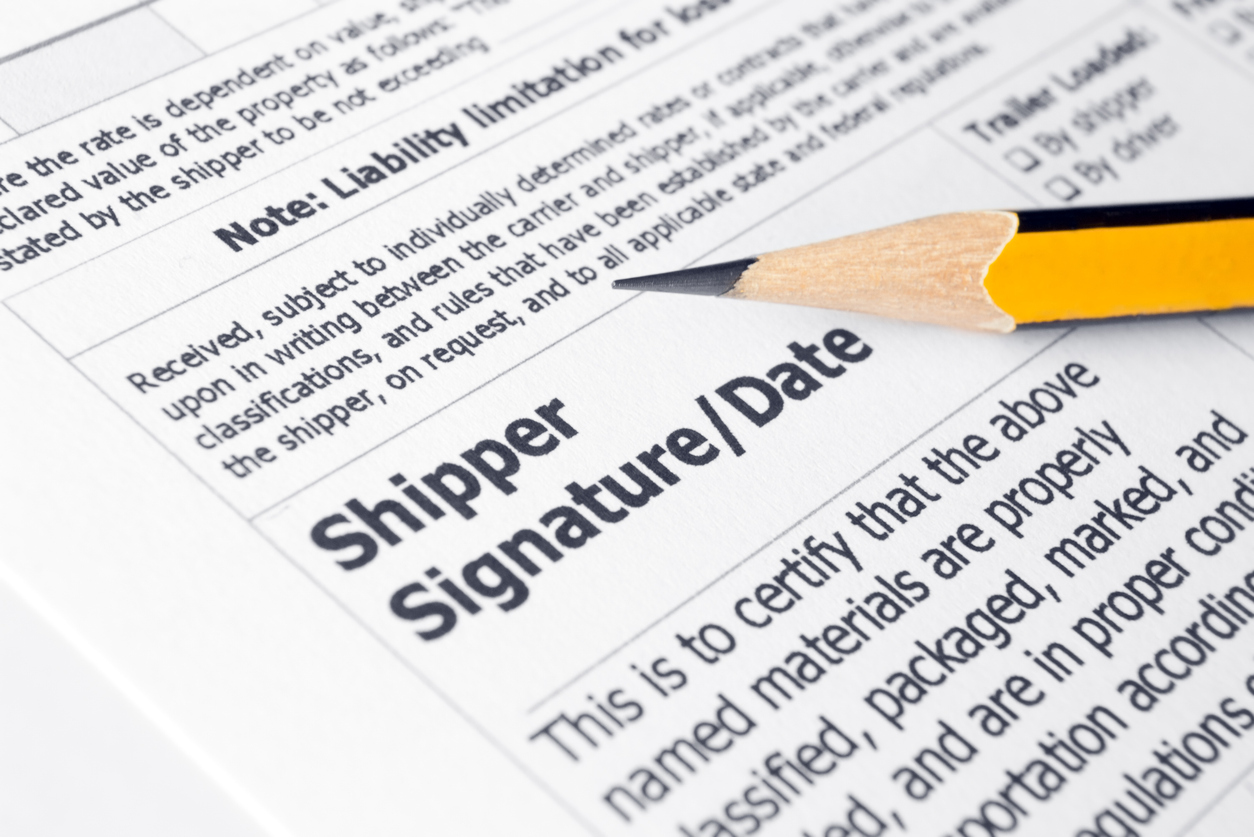Category: Latest Insights
-

Ammonia-Powered Ships: The Future of Sustainable Maritime Transport?
As the shipping industry grapples with mounting pressure to reduce its carbon footprint, the search for viable alternative fuels has become increasingly urgent. Maritime transport accounts for nearly 3% of global carbon dioxide emissions, and the International Maritime Organization (IMO) aims to cut these emissions by at least 50% by 2050. Amidst this transition, ammonia-powered ships have…
-

Maritime Cybersecurity and Cyber Risk Management: Safeguarding Ships and Systems
The maritime industry has long been a cornerstone of global commerce, as evidenced by discussions in the international marine forum, transporting nearly 90% of the world’s trade by volume. With the rapid digitization of ship systems and port infrastructure, cyber threats have become a fast and dangerous reality. Maritime operations are now heavily reliant on…
-

How to Join: Merchant Navy Pathways, Requirements, and Career Insights
The Merchant Navy is the perfect place for people who have dreamt of travelling the world, working on open seas instead of desks and experiencing new cultures around the world and constantly learning. With growing interest in global trade and commercial shipping operations, the demand for trained professionals in the maritime industry is higher than…
-

Cutting-Edge Ship Design Innovations: What’s Steering the Maritime Industry Forward?
Have you ever looked at a cargo ship or bulk carrier and wondered how old the vessel is? You wouldn’t be alone. Many vessels usually stay efficient for decades. However, behind those efficient steel hulls, the maritime industry is in the midst of a quiet revolution. Ship design today is being reshaped by technology, climate concerns, and a strong…
-

What is a Bill of Lading and Why is it Crucial in Shipping?
In fast-paced international shipping, accurate documentation is important for the smooth movement of goods across borders. One of the most critical documents in this process is the bill of lading. This document serves multiple purposes, including functioning as a receipt, a legal document of title, and evidence of a carriage contract. Understanding the bill of lading and its significance…
-

The Crewing Crisis: Retention of Employees in the Maritime Industry
The maritime industry is the backbone of global trade, ensuring the seamless movement of goods across international waters. A key part of this seamless movement is the crew working behind the scenes and onboard vessels. However, the shipping industry is seeing a growing challenge that threatens to disrupt global shipping—the increasing crewing crisis. A shortage…
-

With older vessels being over 30% of the marine industry, how do we make the best of it?
Older vessels constitute over 30% of the marine industry, playing a crucial role in global shipping networks. While newer ships often boast advanced technology and features, these seasoned vessels bring a wealth of untapped potential that companies can capitalize on. Emphasizing sustainability and innovation, marine operators are increasingly seeking ways to enhance the performance and…
-

How Do Aging Vessels Drive Strategic Success in Nautilus Shipping’s Fleet Management?
While modern maritime strategy places importance on newer vessels and models, Nautilus Shipping stands out for its innovative approach to fleet management, particularly in the utilization of old vessels. While some might view older ships as outdated, Nautilus Shipping recognizes their strategic value. By effectively integrating these vessels into their operations, they maximize resources and…
-

The Green Energy Transition in Maritime Trade: A Path to Net-Zero by 2050
The maritime industry plays a key role in global commerce, transporting approximately 90% of the world’s goods. However, it is also a significant contributor to greenhouse gas (GHG) emissions, accounting for about 3% of global emissions. With rising concerns about climate change and the need for sustainable practices, the transition to green energy in maritime…
-

The IMO’s Expectations for the Future of Shipping: How to Get There
Shipping is a key part of the global economy, with about 90% of international trade happening by sea. However, it also contributes 2-3% of global greenhouse gas (GHG) emissions. If this isn’t addressed, emissions from shipping could grow by 50% to 250% by 2050 due to increasing global trade, according to an IMO GHG study.…